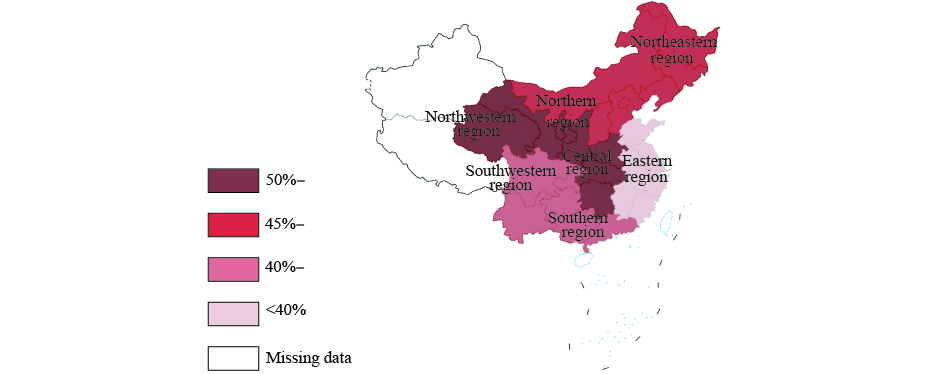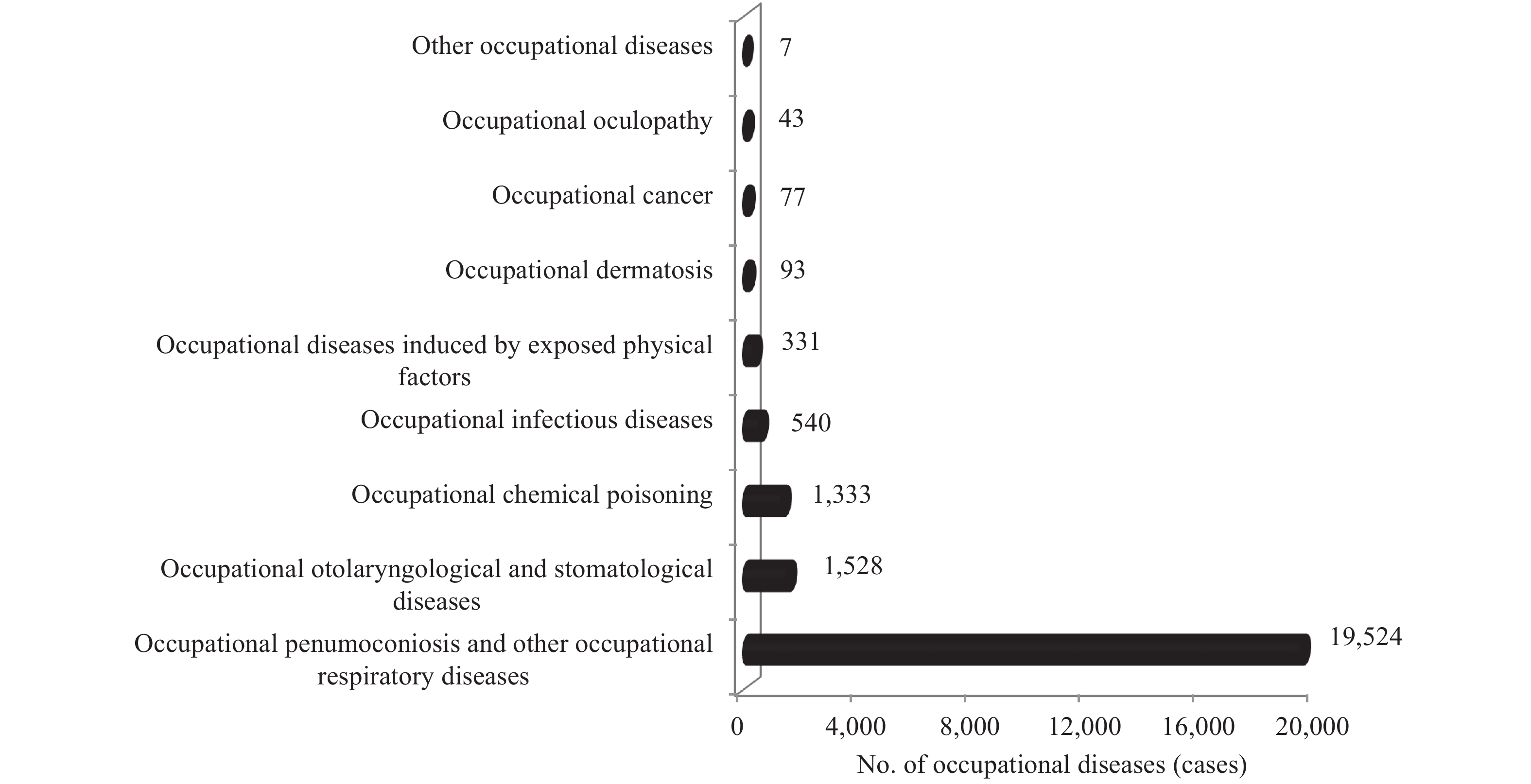2020 Vol. 2, No. 18
What is already known about this topic?
Work-related musculoskeletal disorders (WMSDs) have a high prevalence and seriously harmful, which has attracted extensive attention in various countries in the world. Currently, the occurrence and rules of WMSDs in key industries are not known in China.
What is added by this report?
The prevalence of WMSDs is relatively high among professional populations in key industries in China, with the most commonly affected body parts concentrated in neck, shoulders, and low back and increasing with age and working years.
What are the implications for public health practice?
This study determined the prevalence and distribution characteristics of WMSDs in key industries in China and provided scientific evidence to recommend for inclusion of WMSDs in the new revision of the list of occupational diseases in China.
Asbestos is classified as a Class I Carcinogen by the International Agency for Research on Cancer (IARC) because exposure causes mesothelioma and lung cancer in addition to asbestosis and plaques. So far, asbestos has been banned in 67 countries, but chrysotile, a commonly encountered form of asbestos, is still widely used in China and most developing countries. Most asbestos-caused cancers are not reported, recorded, and compensated in many countries.
Enterprises manufacturing asbestos products have been migrating from economically developed Eastern China to relatively underdeveloped central and western regions between 2010 and 2019. Asbestosis cases reported in Tianjin, Beijing, Shandong, Xinjiang, Gansu, Qinghai, and Sichuan accounted for a large proportion of the total cases in China, which was inconsistent with the distribution of asbestos-related enterprises (AREs). The reported asbestosis cases versus total pneumoconiosis cases declined from 2.81% to 0.39% from 2006–2017, and this proportion reached 0.69% in 2018.
Robust occupational and environmental health assessments and reporting are needed to define the epidemiology of asbestos-related lung diseases, and management of using asbestos and existing products containing asbestos need strengthening and follow-up. Enterprises should be encouraged to use safer substitutes and gradually ban asbestos materials in China.



 Subscribe for E-mail Alerts
Subscribe for E-mail Alerts CCDC Weekly RSS Feed
CCDC Weekly RSS Feed

